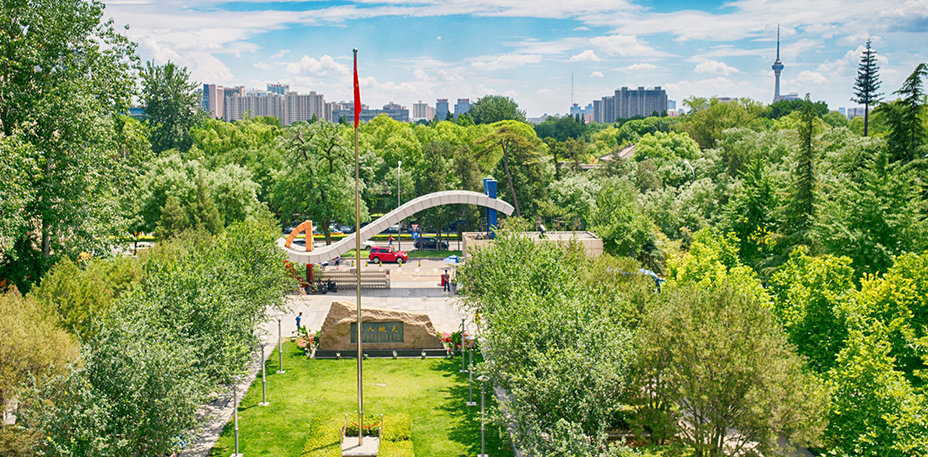Beijing Dancing Academy
Beijing Dance Academy is a full-time ordinary college with the main task of training high-quality dance talents, high-level dance theory research and creation of works. The school, formerly Beijing Dance School, was founded in 1954 and is the first professional dance school in New China. In 1978, the Beijing Dance Academy was formally established with the approval of the State Council. It belongs to the Ministry of Culture and was transferred to the Beijing Municipal People's Government in 2000. The school has the right to confer bachelor's and master's degrees. It is the only specialized dance education institution in China. It is also the largest and well-known dance institution in the world with comprehensive professional settings. It is known as "the cradle of dancers".
In recent years, the school has been deepening the reform of dance education and teaching. There are now Chinese Classical Dance Department, Chinese National Folk Dance Department, Ballet Department, International Standard Dance Department, Musical Opera Department, Creative College (including Director Department, Modern Dance Department, Art Design Department, Image New Media Center), Humanities College (including Dance Department, Art Communication Department). The Department, the Ministry of Public Foundation, the College of Education, together with the Department of Teaching and Research of Ideological and Political Theory, the College of Continuing Education and the Affiliated Secondary Dance School, have formed a dance education system with Chinese characteristics. The school currently has nearly 600 staff, nearly 2300 full-time students (more than 1300 undergraduates, nearly 200 postgraduates and 800 secondary school attached students), about 7000 continuing education students with and without academic qualifications, and more than 50,000 dance teachers are trained at home and abroad every year by the Dance Grade Examination Institute, which has nearly 500,000 schools. Students take the Dance Level Examination.
Over the past 60 years since its founding, the school has earnestly implemented the Party's educational and literary principles, guided by the school motto of "adhering to Taoism, respecting morality, heaven, earth and human beings, integrating culture and dance, and combining virtue and art", with the working objectives of "adhering to high-level cultural pursuit, adhering to high-quality personnel training and adhering to high-level universal education", and guided and promoted them. It is our duty to reform and develop the cause of dance education in China. We should adhere to the principle of cultivating virtue and cultivating people. We should fully perform such important functions as personnel training, scientific research, social service, cultural heritage and innovation, international exchange and cooperation, and strive to build a world-class dance university with Chinese characteristics.
The basic orientation of the school is teaching and research-oriented dance University and Beijing high-level characteristic university.
Service orientation: based on the capital, serving the whole country, facing the international, serving the construction of socialist dance culture with Chinese characteristics.
Functional orientation: dance talent training base, dance academic research base, dance works creation base, dance culture inheritance and innovation base, dance culture and art think tank.
Discipline orientation: Focus on the development of dance performance, dance education, choreography, dance theory and other disciplines, actively promote the construction of stage science and art, art management, media science and technology and dance human science and other related disciplines, and strive to improve the dance discipline system with Chinese characteristics.
Target orientation of talent cultivation: dance culture talents with solid foundation, comprehensive quality, strong adaptability and innovative spirit. Emphasis is placed on the training of dance performers, the creation of elite talents and dance education, and the research of senior talents.

0 Questions
Ask a Question
Your email address will not be published.